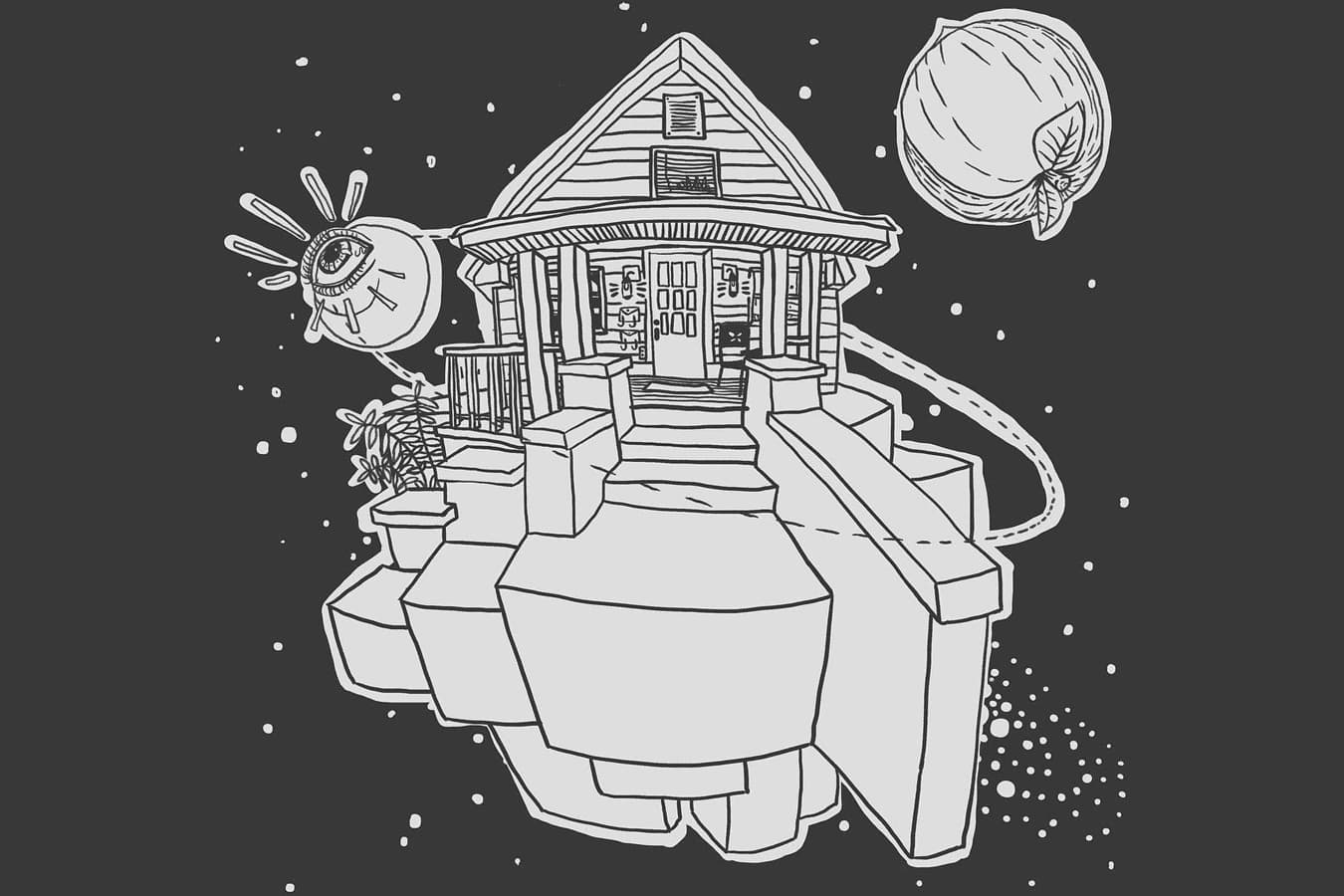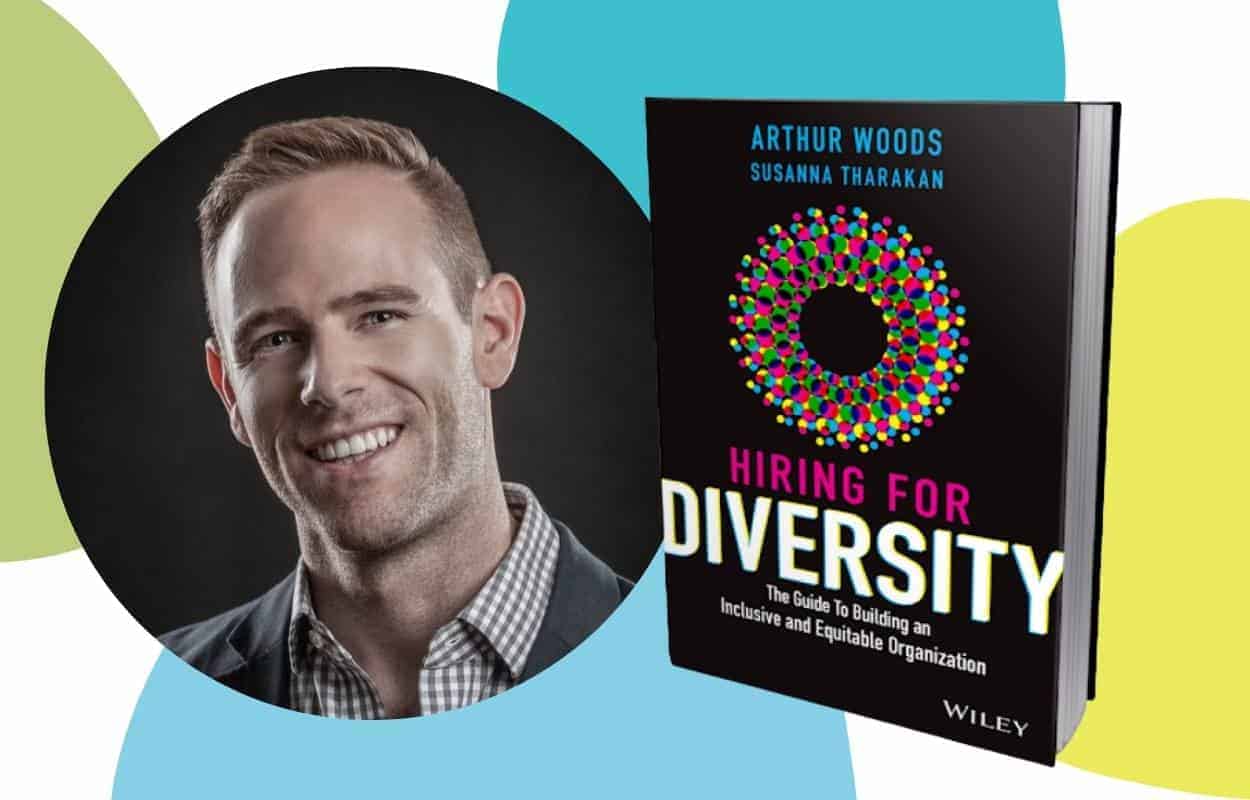Why companies should embrace the hybrid model of in-office and WFH
Embracing hybrid work lets companies combine the benefits of in-office collaboration and remote flexibility to support performance, employee satisfaction, and retention.

With the influx of work from home in the wake of COVID-19, there’s no question employees won’t be returning in droves to their 9 to 5 cubicles. Between significant job losses and the proven ability to be productive from home, we will no longer be able to justify forcing people to sit in an office all day.
This is a trending change that’s been on the rise for some time now—hello WeWork—but the current climate has sent it soaring. Between a rise in the gig economy, where people often don’t require any permanent workspace, to the obvious safety concerns that come with being indoors in close proximity to others for hours at a time, is there even a need to return to the office at all?
Let’s talk about the future of work. Let’s say COVID is behind us, people are getting vaccinated, and the economy is settling back into its old self again (so nice, right?). If we don’t all return to the traditional office setting, what happens to the traditional work environment? Does the endless square footage of office real estate go the way of the shopping mall? Can we ever fully enjoy the benefits of company culture again?
According to a professionals’ survey conducted by Korn Ferry, “Fewer than a third (32%) of employees say it is highly likely that they will return to their office when it reopens. Half say they are fearful of going back due to health concerns, even though 75 percent say they believe their employer will create a safe and healthy work environment for them.” So, where does that leave real estate developers and their office space investments?
Sandi Parker, the principal and creative director for CRAVE, an Atlanta-based team bringing together the best of marketing with space design, and one of the pivotal minds behind the successful Ponce City Market development, acknowledges the pick up in business. Though “deals for C-Suite offices had paused for a while, now they are starting to transact again… they are buying the same space for fewer people or for a more spread out office-built environment, Parker says.”
There’s not a stall in the development of office space, but there is an evolution when it comes to design and a thoughtful approach to health and wellness standards that just didn’t exist before. Beyond those plexi partitions, spaces are being built with new standards of cleanliness, with open-air spaces for outdoor meetings, a renewed look at ventilation systems as well as the addition of living plants or “living walls” to help keep the air clean and free-flowing. There’s also an increased push to add technologies that remove touchpoints wherever possible.
With all of the adjustments being made to create safe office environments, there’s still a chance that employees will no longer prefer to commute anymore. Most people have gotten pretty comfortable wearing whatever, logging on whenever, and working from wherever they like. However, according to Gensler’s U.S. Workplace Survey 2020, “Workers choose the office to be productive; they choose home for the convenience and safety. A hybrid model helps to balance both.” The survey of more than 2,300 U.S. workers found that 52% of workers would prefer a hybrid work model, working some time at home and some time in the office.
What the study also found is that the element missing most from a 100% work from home model is the unmatched benefit of human interaction. Even with all of the ways to connect digitally, company culture is still as important as ever. “I strongly believe, anthropologically, people need people,” says Parker. It’s the kind of need met only by the ping pong and coffee talk that happens in the social hubs modern offices use to attract new talent.
Gensler’s survey finds 42% of the participants want the hybrid work model because it pushes their personal creativity. It also found that a hybrid model helped their relationships with colleagues, the ability to problem solve, and overall team productivity. Having at least some face-to-face time keeps the line of communication open and clear. Nothing gets lost in the inbox, and tonally, you don’t misinterpret a text or chat.
“That spark of brilliance in the hallway, those moments of brainstorm happenstance… you can’t get that in a remote environment,” says Parker. “These social hubs we thought were going away… I don’t think they are. That quick chat over coffee, sitting and talking over ideas is necessary. Creative minds need to feed off of each other.”
While the pandemic has sped up some of the trends in flexible work culture and the adoption of touch-free technologies and AI, there’s no real substitution for a company culture driven by time spent in the same physical place. That space may change to meet the demands of the day, but people are seeking more of a work/life balance. The future of work is in constant flux but it will always remain deeply rooted in our fundamental human need for real connection.
Jaime’s Socials: LinkedIn
Editor’s Socials – Dominque Dajer: LinkedIn, Twitter, Instagram

.webp)